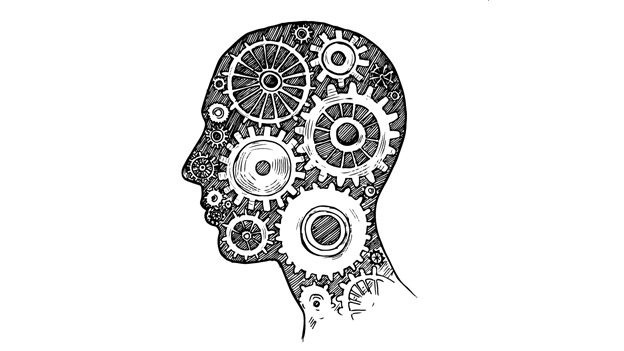Mind-Maps and the art of brainstorming

When it comes to decision making skills, not everyone among us is endowed with the same dexterity. However, we are still often expected to contribute equally in the decision making process at the workplace. Brainstorming with a team can be a creative outlet for many, while others find it utterly boring. But brainstorming is an essential part of the work environment. So what does one do about it? Enter, mind-maps.
Tony Buzan, a British researcher is credited with originating and developing the idea of mind maps in 1970s. His blueprint gave an efficient way of note taking and ideating by association.
The human mind is quite different from a computer. It is a far more complex entity that wanders around than staying focused on one task or thought at all times. The human memory thus, is associative, not linear. Every thought, every idea has the potential links to many other ideas and concepts within this construct. Mind maps allow the user to find these associations through illustrations with keywords and images organized according to their importance in a non-linear grouping or branches.
Using mind-maps
Mind maps are often useful when brainstorming ideas related to a central topic. This can be anything related to a product, marketing strategy, process or even technology - the choices are limitless. The resulting illustration with all the details shows us what we already know about a problem. So now, we can focus our energy on finding the gaps and issues in our construct. With thoughts and ideas presented in a graphical illustration with colors and images, an overview of the larger picture emerges and allows us to make new connections to fill in the gaps and resolve the issues.
Encouraging lateral, creative thinking
Mind maps can help you encourage your team members to explore lateral, creative thoughts to solve real problems. As they delve deeper into the known issues, patterns and ideas begin to emerge that can be easily organized during the brainstorming session.
Solving problems collaboratively
Mind maps can help teams to see the correlation between the various issues plaguing a project. They also allow all the stakeholders to get a better and quicker overview of the situation and tackle each issue so as to ensure that they do not crop up again and nor do they create new issues for another team.
Drafting presentations and reports
Many a times, we face the uphill task of preparing a presentation or a report. Mind maps that help define the flow of the presentation or the report can come in handy in such situation and help in devising a coherent presentation of the ideas.
How to make a mind map
The idea of the mind map rests on a central theme with branches of association with related thoughts and ideas emanating from it. Moving these ideas and thoughts around the illustration tree helps in eliciting new ideas. It can help you clear your thoughts and fine tune your ideas, or even show you where you need more information to make it work even better. You could use a whiteboard, a paper, or if you are technically inclined, there are quite a few softwares available in the market with different tools and functions to assist you in the process.
Start at the center
Every idea needs a central theme. Find out the one word, phrase or image that best defines your idea and put it at the center of the page. Now, start working outward with every thought, idea and piece of information you have on that central idea that is relevant to it.
Use keywords and phrases to record main ideas
Use only essential keywords, phrases, symbols or images to depict the associations of the central theme with the ideas. Use all relevant words and phrases that come to you. Don’t worry about what it looks like at this point as the branches and sub-branches start taking shape.
Look for relationships between keywords
As your mind map expands, relationships will start emerging. These relationships will help you in organizing the relevant data into clusters. Use arrows, symbols, lines, images, and any other visual aid to depict important thoughts, their relationship with each other and the central theme.
Organize thoughts into clusters
Evaluate and take a closer look at all associations for any missing information. Any areas that need alternative or additional ideas can be marked at this stage.
Revise, refine, and elaborate
Keep working on your mind map continually to get closer to your goals.
Mind maps sit on the verge of gamification of brainstorming and problem solving in the workplace. You can encourage individuals or the entire team to engage in brainstorming using mind maps. Let them come up with their own individual maps and then combine forces to construct a mind map that can benefit the thought process of the entire team. Softwares like X-Mind and Freemind can further help you enhance workplace collaborations.
There’s no standard way to create a mind map. All you have to do is let your creativity flow and help you solve problems in a more efficient way.














